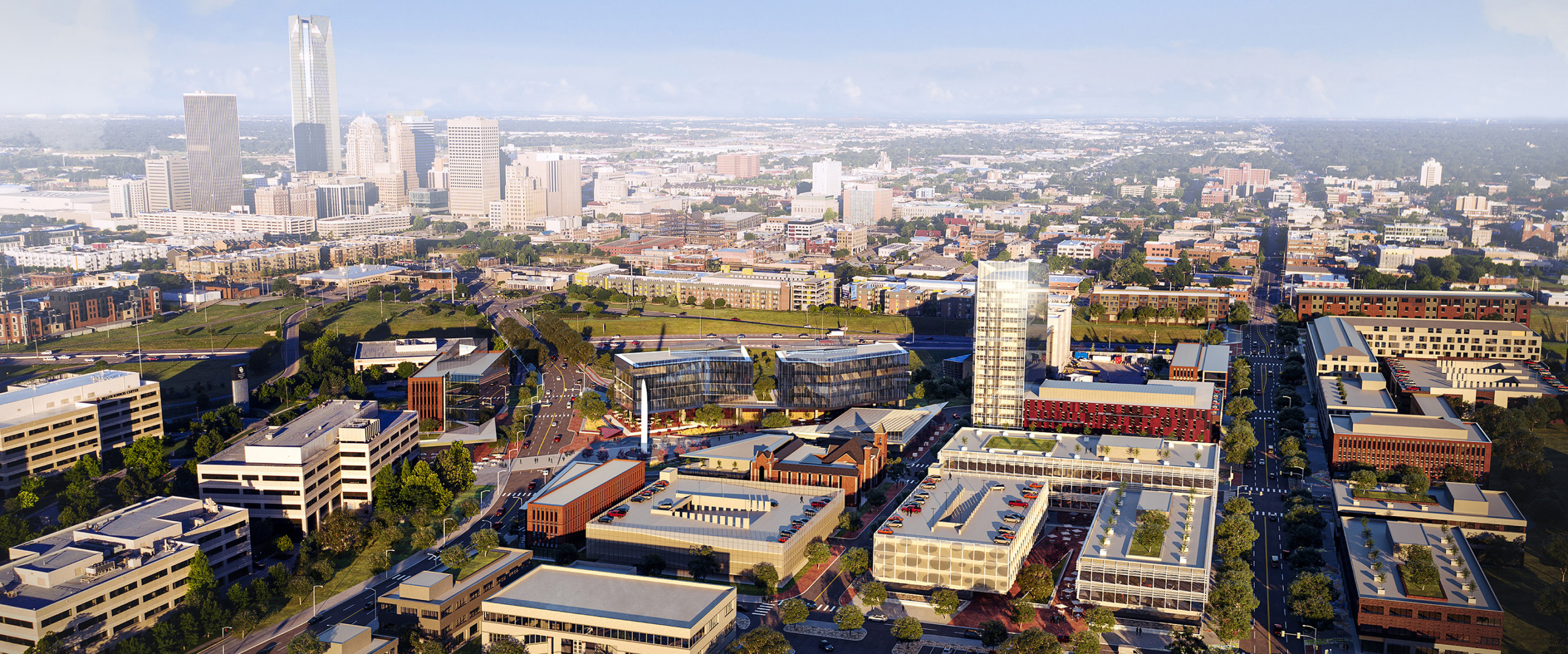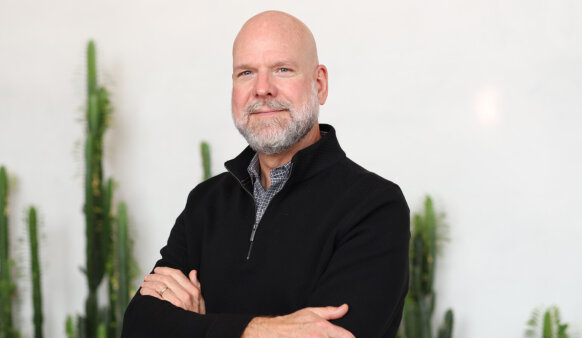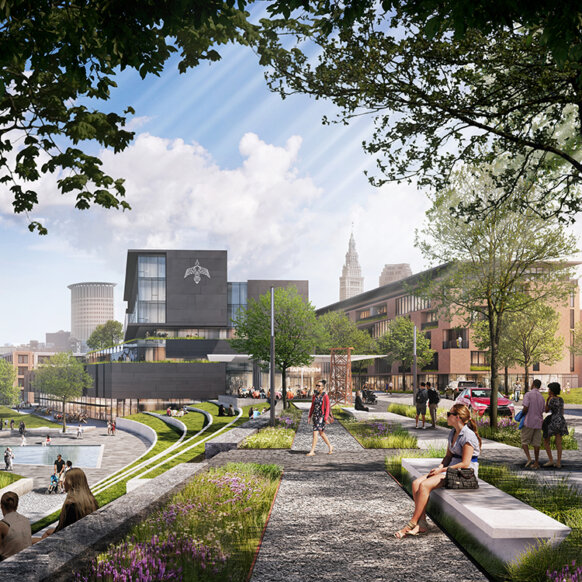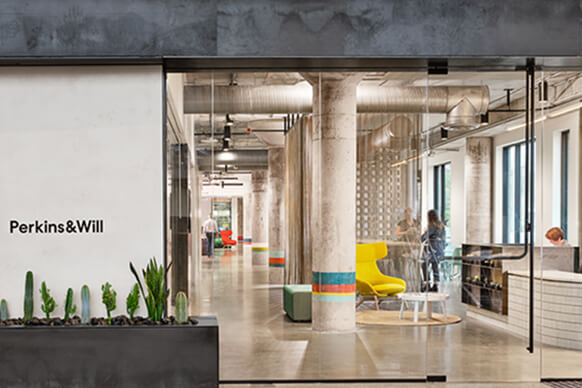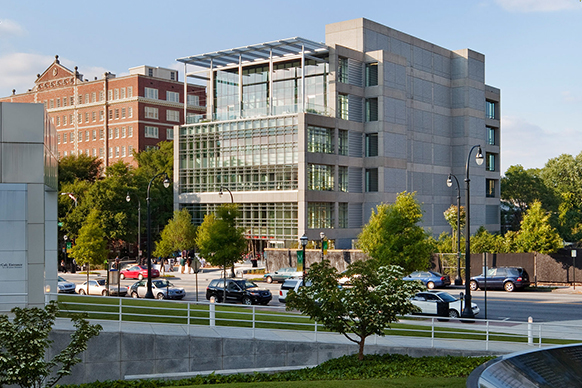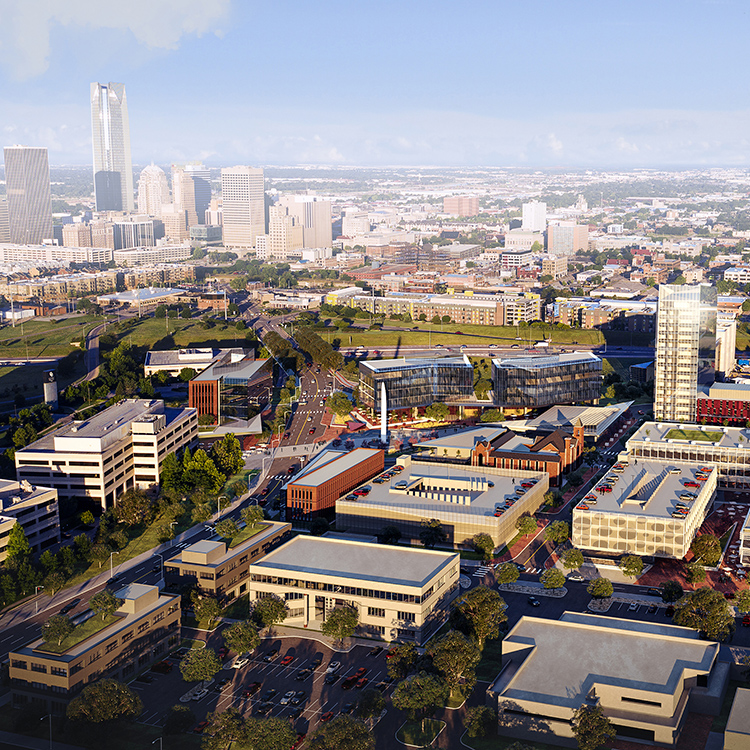
Oklahoma City Strategic Development Plan
As the city nears its centennial, it’s an exciting time in Oklahoma City, one that will impact the City and its economy for generations. Our work on the OKC Innovation District and Capital Environs Land Use and Strategic Development Plan continues the achievements of the Brookings Study and creates a dense, active, safe, pedestrian friendly, and engaging mixed-use environment. The story of our efforts can be best told in three chapters: a master plan for the State of Oklahoma Capitol Environs, the core Innovation District, and an overall Land Use Plan that stabilizes, revitalizes, and develops cohesion for eastern Oklahoma City.
Our plan establishes a vision for the Oklahoma City Innovation District and Capitol Environs, providing existing and future influencers a common purpose as they shape the project’s future towards healthy, sustainable growth.
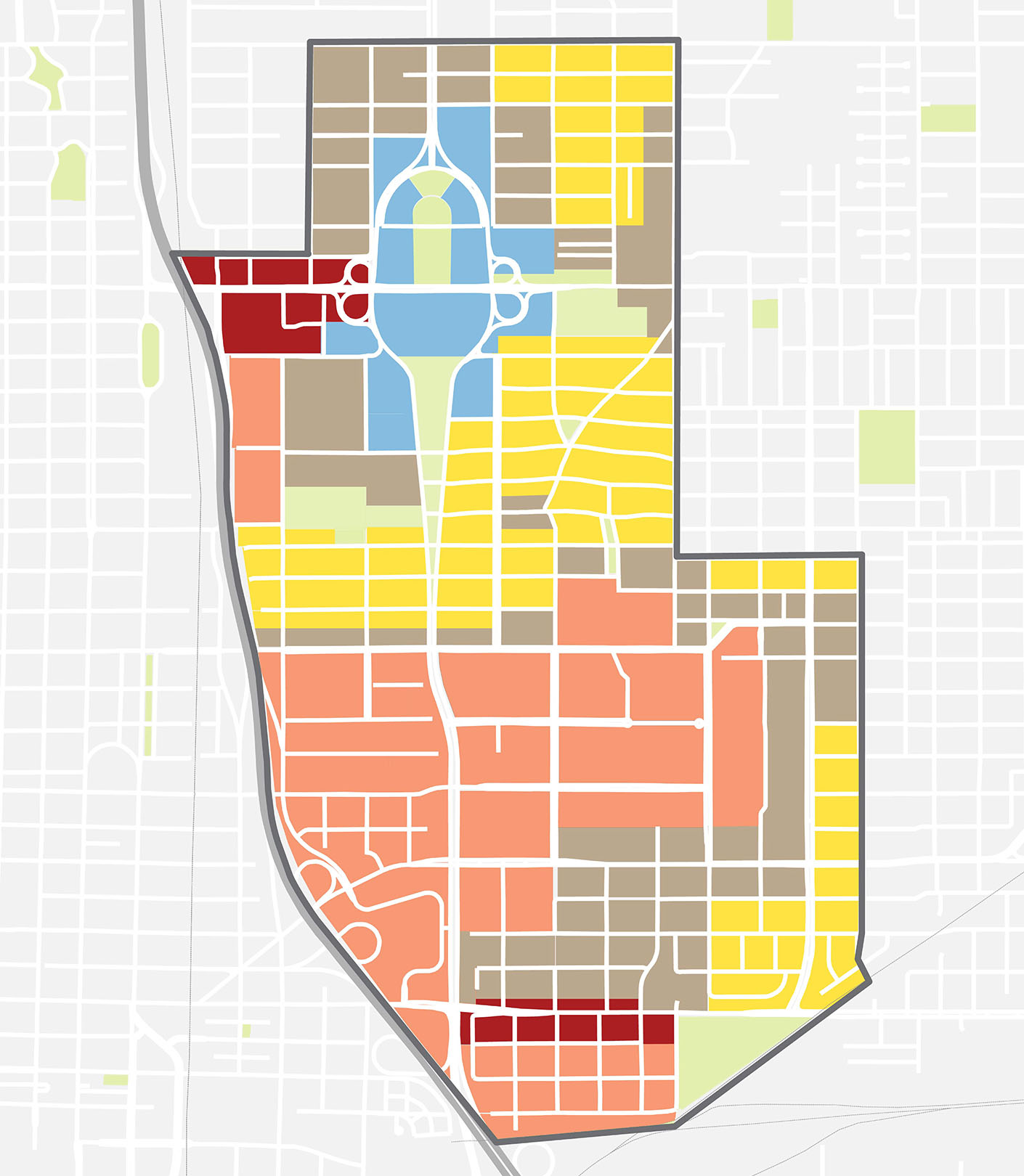
Defines the land use and corridor priorities for the entire 1,400-acre study area. It establishes the roadmap for future development spurred by the success of the Innovation District. The plan expands on the long-range land use, transportation, and open space policy guidance of the City’s Comprehensive Plan, planokc, especially relating to the urban design, while ensuring that new development is compatible and complementary to the existing context.
The development of the Innovation Core represents an opportunity to reimagine and expand the existing Founders Plaza at Stiles Park, an area immediately recognizable today by the Beacon of Hope monument located at its center. Surrounded by a mix of buildings with active ground level uses, this flexible space provides a neutral ground that can be programmed to accommodate the needs of the diverse users that the Innovation District intends to attract and serve—including those from educational institutions, research entities, corporate players, workforce organizations and community members.
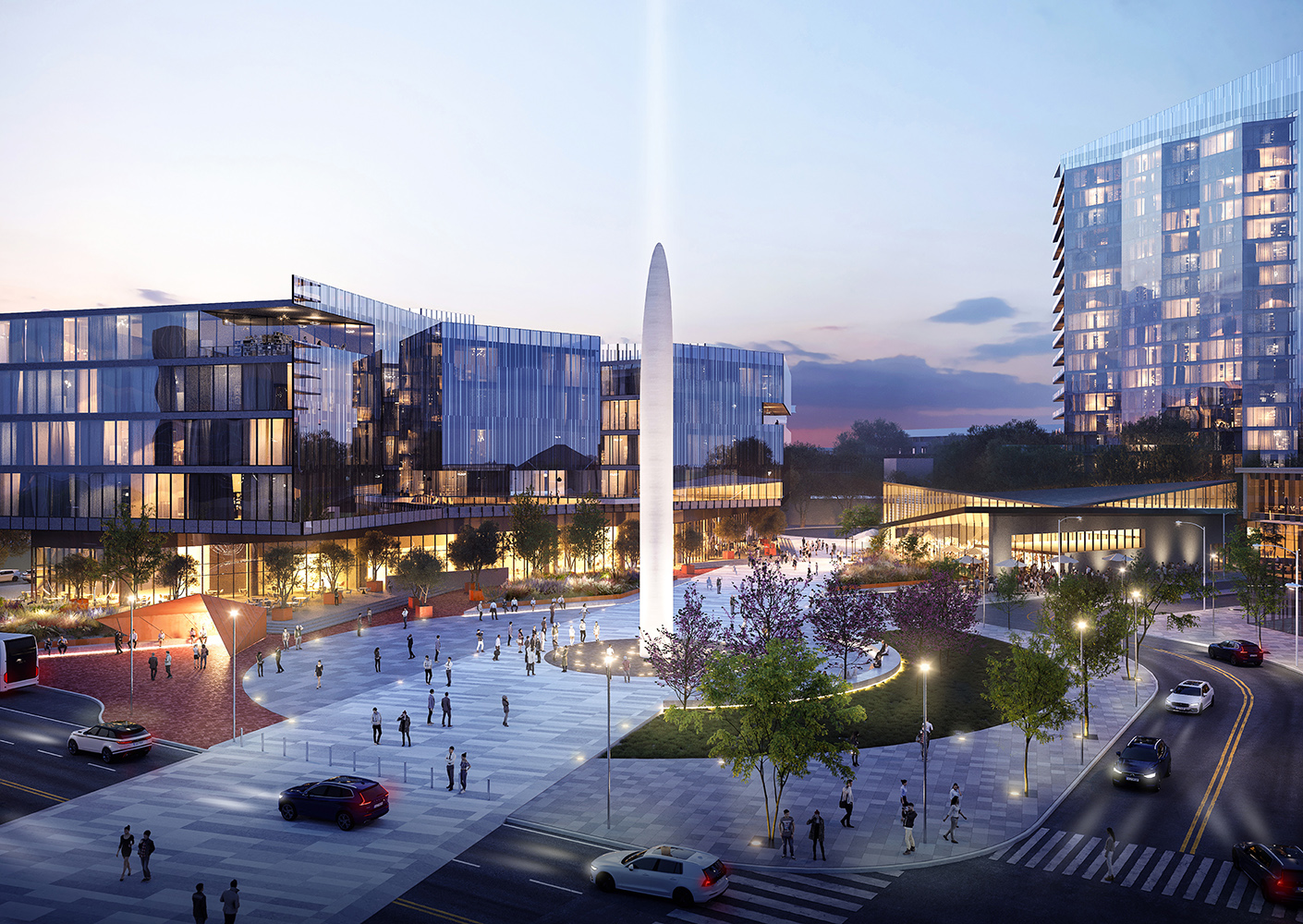
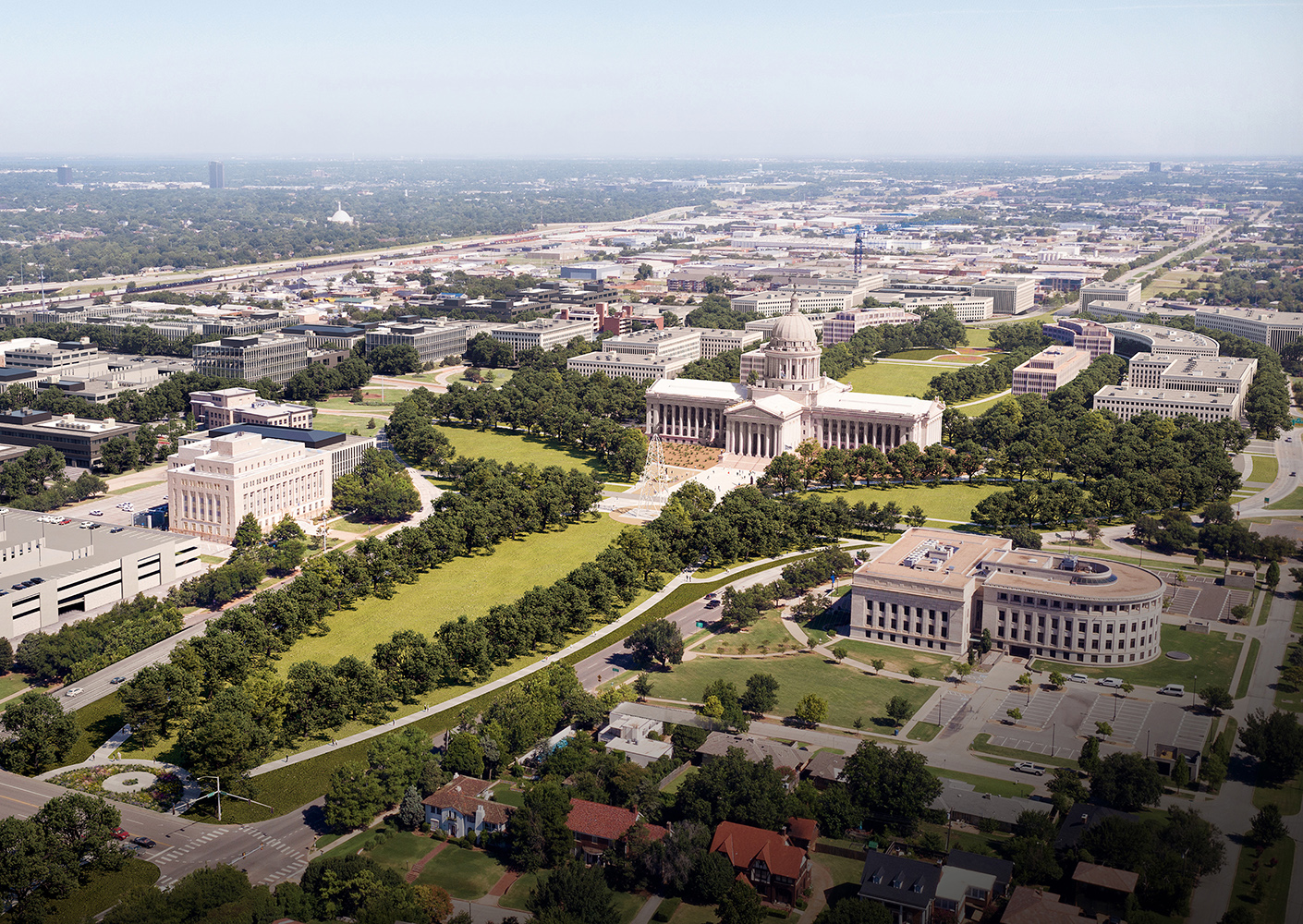
Guides the growth and development and maximizes the use of state-owned land, while building new iconic office buildings, pedestrian-friendly retail spaces and tourism destinations that celebrate the seat of the state government.
The plan implementation began before it was finalized. City leaders took the near-term priority projects identified, developed budgets, and incorporated them into their next Metropolitan Area Projects capital program. (MAPS 4 is a debt-free public improvement program funded by a temporary penny sales tax that will raise a projected $978 million over eight years.) MAPS 4 was added to the ballot, and in December 2019, it passed with an overwhelming 71.7% approval. The plan will live on through its incorporation into regulatory documents, which is currently underway.
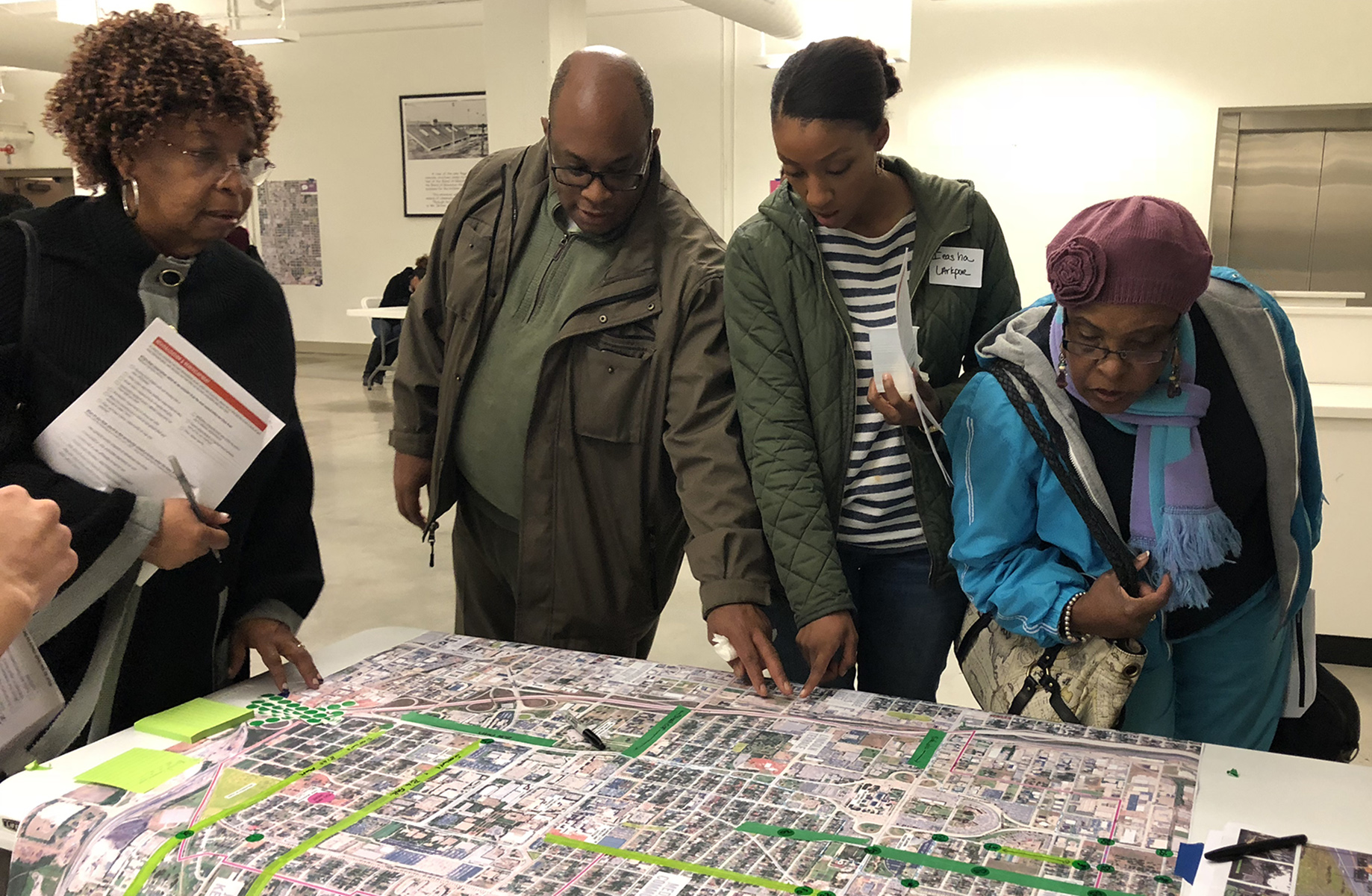
Katy Boren, President and CEO of the Oklahoma City Innovation District
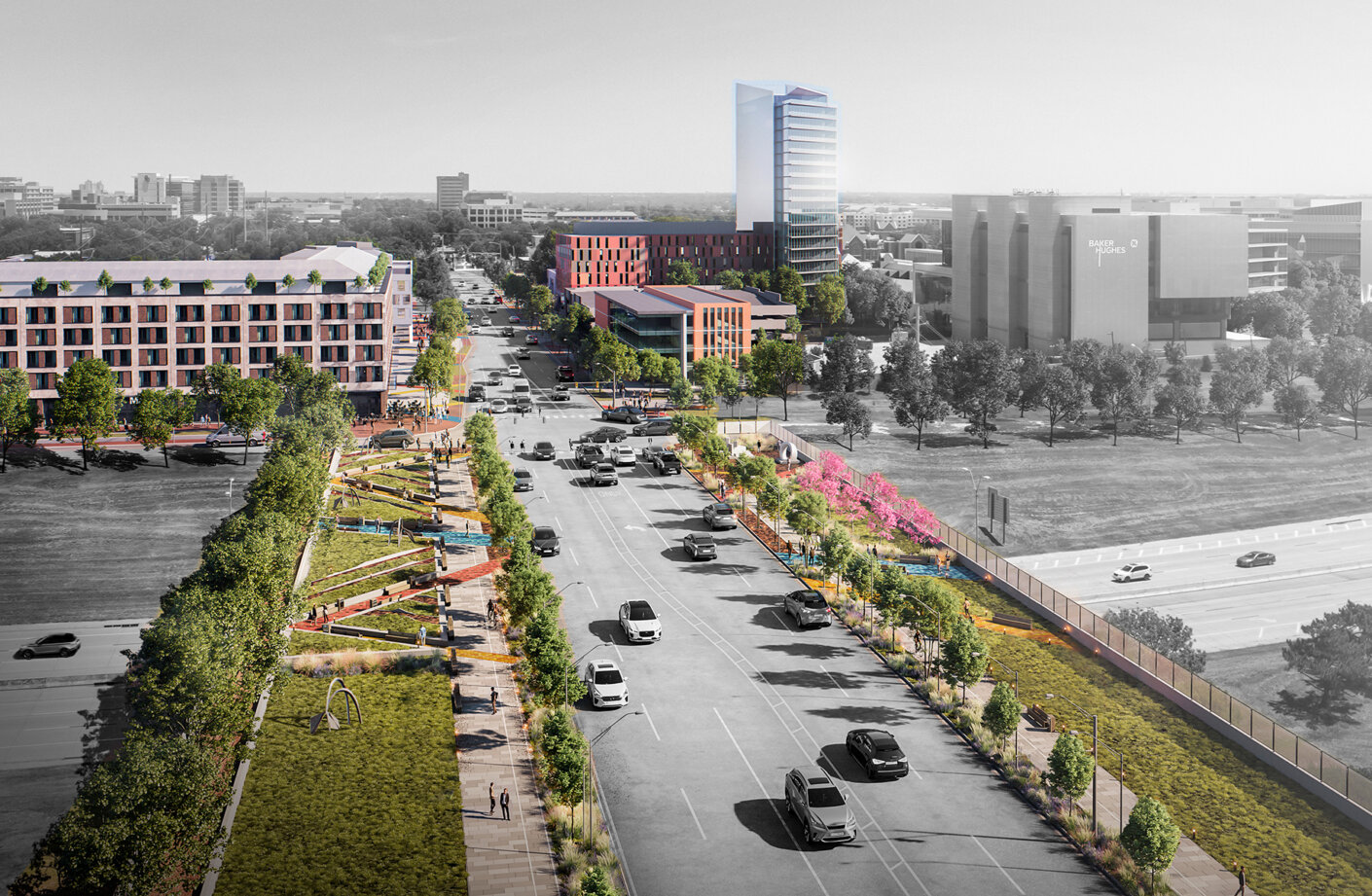
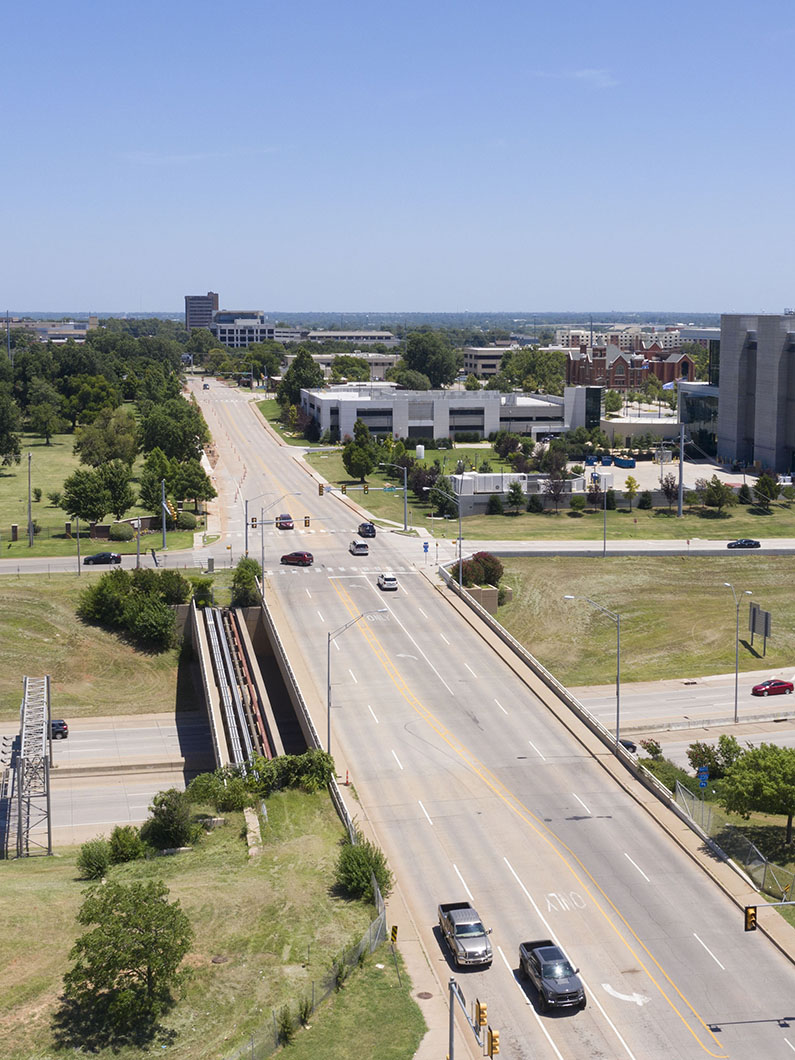
The OKC Innovation District is the core catalyst of the plan. The quality of place is manifested through a vibrant mixed-use district designed to foster a culture of innovation. The project byproduct is $1.2 billion in annual economic impact, including 6,600 jobs with incomes for many likely to exceed local wages, is part of a strategy focusing on creating upward mobility for residents in, and nearby, the district.
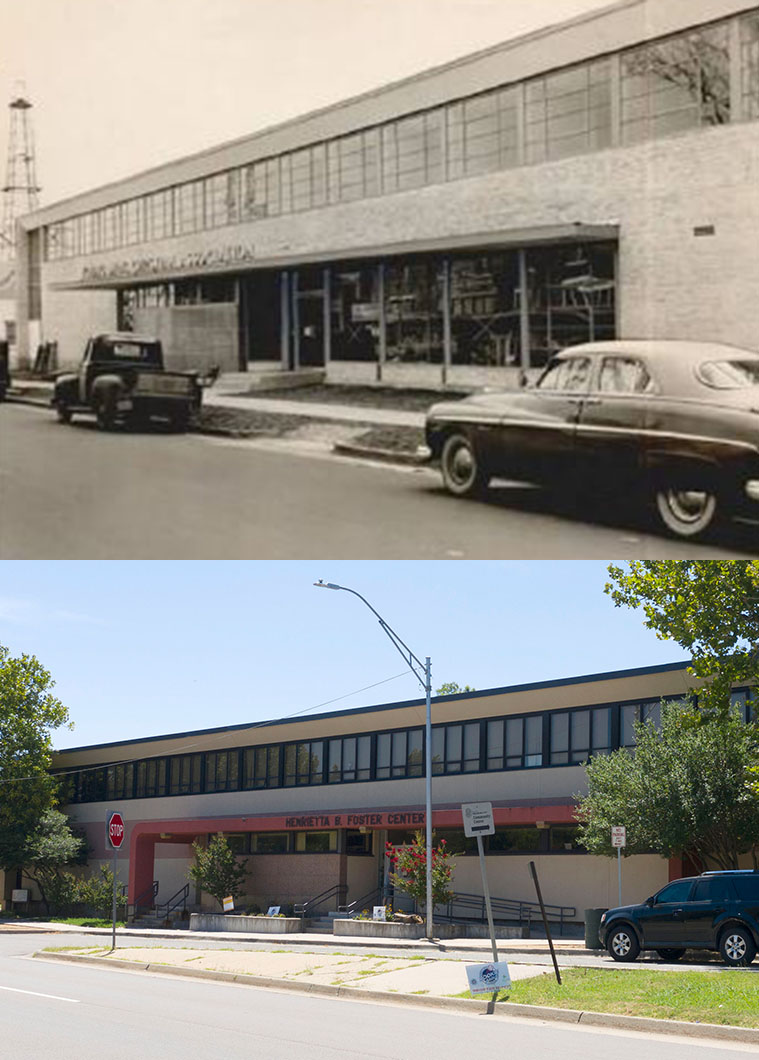
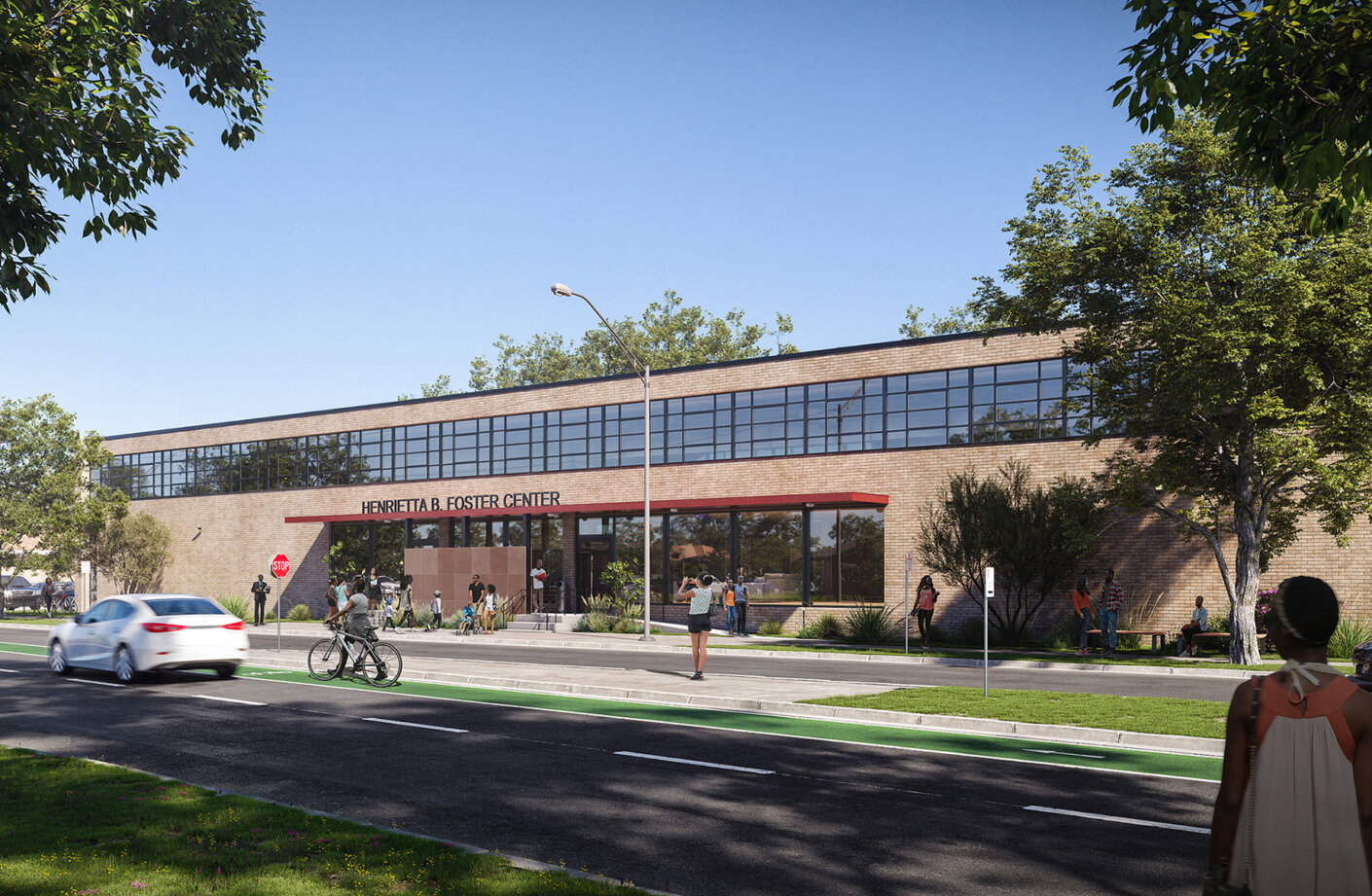
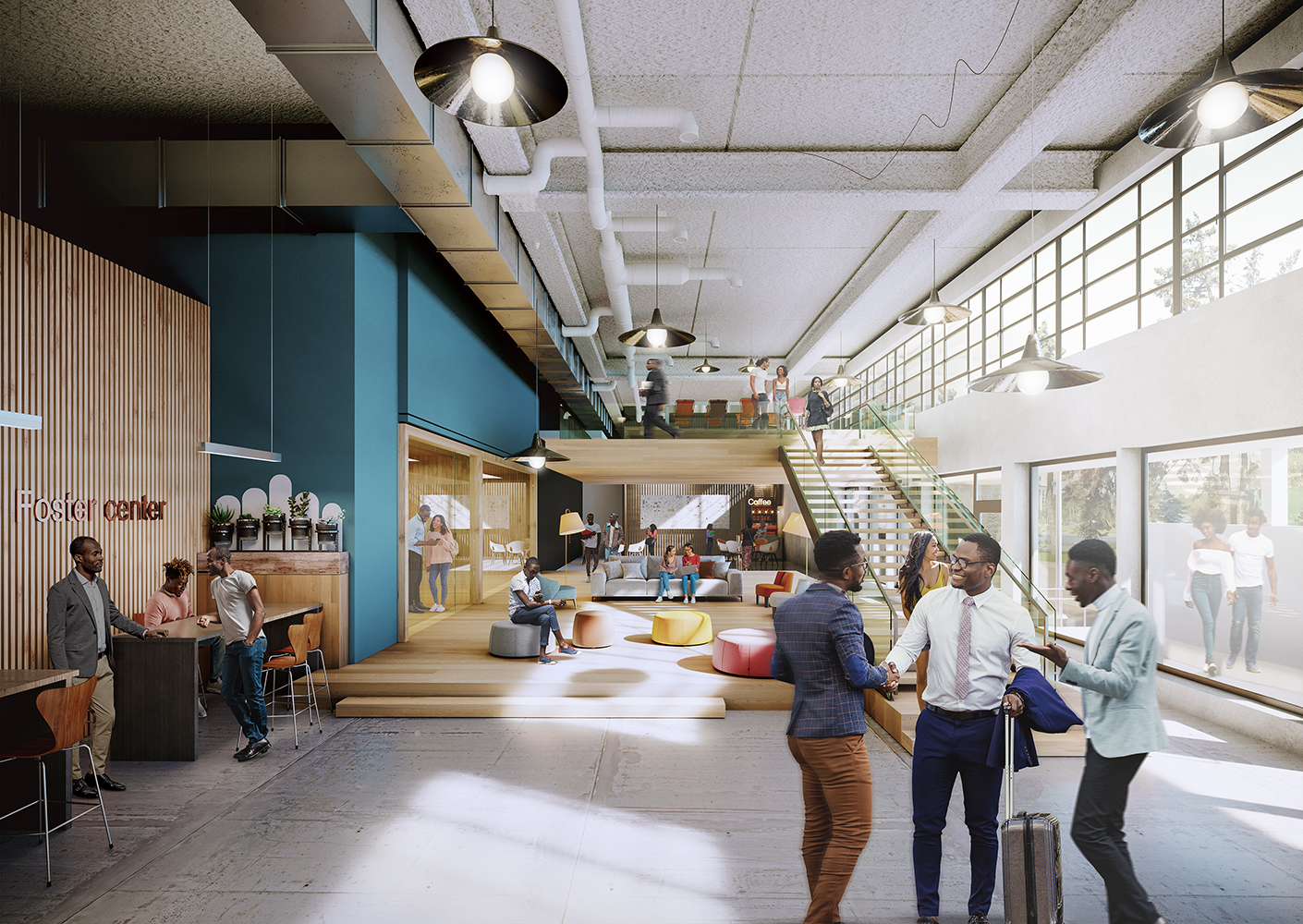
Transforming the Henrietta B. Foster Center into a Minority Small Business and Entrepreneurship Center should provide wealth building opportunities for community members while giving new life to a building with historic significance to the community. The proposal restores the historic mid century-modern architecture of the building.
